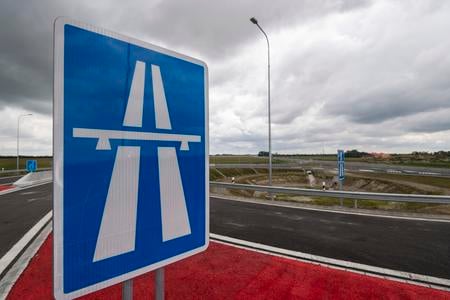Vehicles over 3.5 tonnes have been paying for kilometres driven on highways and first class roads across Slovakia for 10 years. But while the current contract on the operation of the electronic toll system will terminate within less than two years, the state has not chosen a new operator. This means that there is a little chance for a smooth transfer. Nevertheless, the government of Igor Matovič (OĽaNO) promises that the new system will be less costly and more effective. Contrary to the current one operated by SkyToll, its whole infrastructure will be under state ownership.
“The most important change is the ownership of the system; we would be very flexible,” said Transport Minister Andrej Doležal (Sme Rodina). “We would like to have an opportunity to dynamically set the tolls in time and selectively charge the toll or lift the charges on certain road sections.”
The state wants to motivate carriers to drive more, for example, during nights, or via concrete stretches.
The tender

The state-owned National Highway Company (NDS) plans to promulgate the tender for the new system later this autumn. It should be compatible with the planned European toll system. This means that local international carriers will not need to buy foreign onboard units and can use the local ones.
Rather than announce one tender for the whole system, NDS plans to divide it into several tenders in order to give a chance not only to big toll system operators like Slovakia’s SkyToll and Austria’s Kapsch, but to more specialised companies, such as IT companies.

One company might build the toll collection system and hand it over to the state afterwards. The second company might obtain the onboard units, which vehicles have in their cabins to measure the driven road stretches and software. They will then process the obtained data. The third one might build customer services, which will include the closing of contracts with carriers and the handling of complaints and claims.
The price of the system alone is estimated at €26 million while the NDS forecasts that it would complete the tender for its building within 15 months. It might take the selected candidate months, even years, to build the system.


